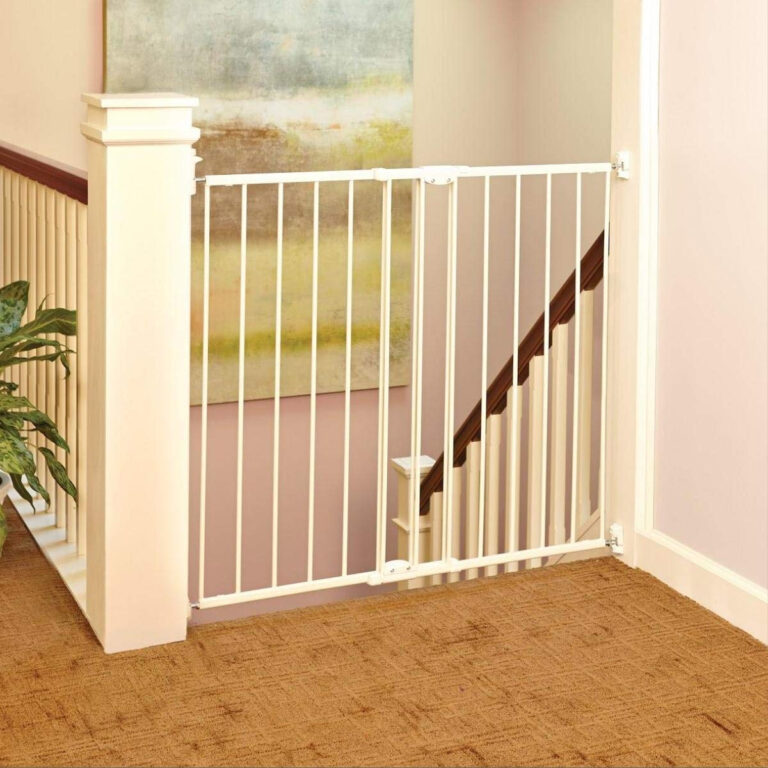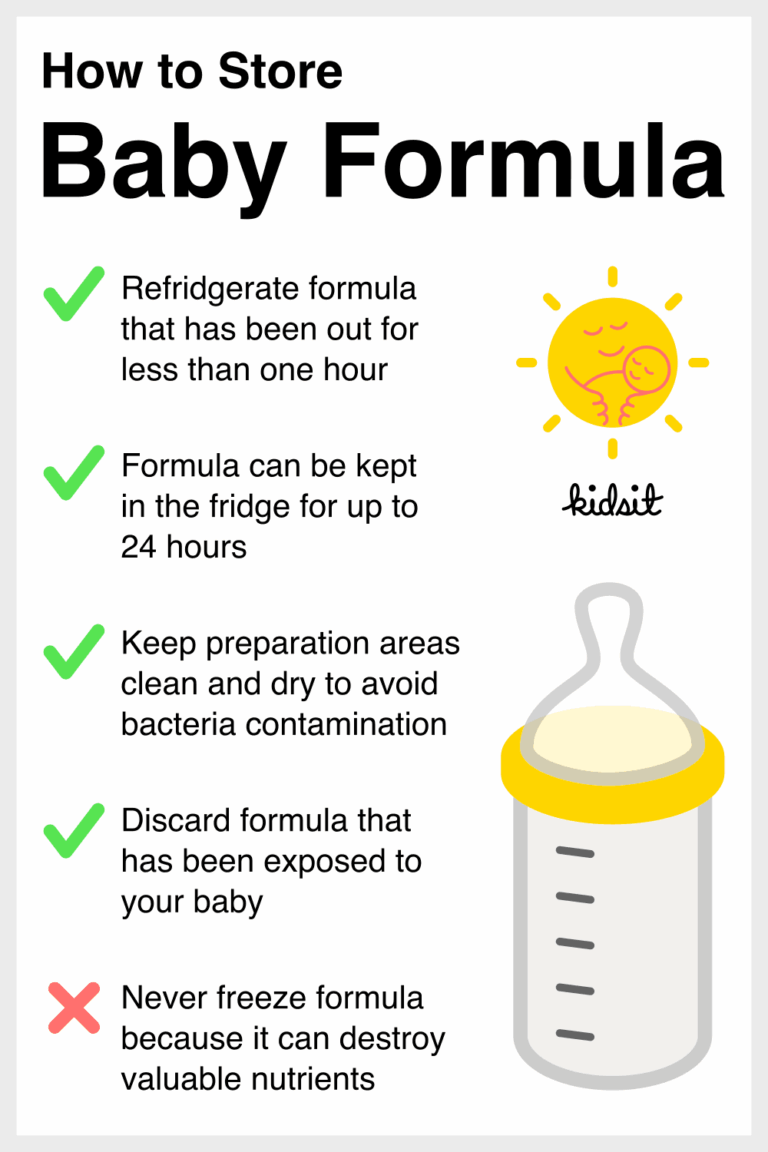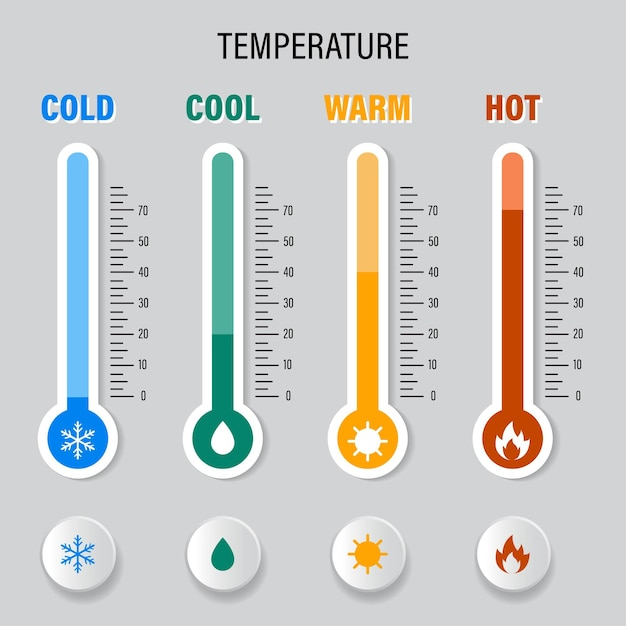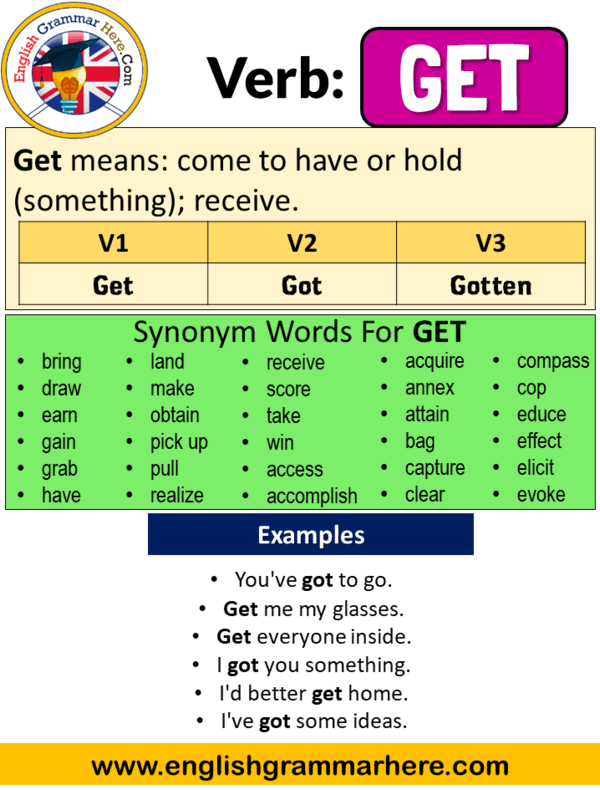Water Games For Kids: A Guide to Endless Summer Fun
As the sun beats down and the temperatures rise, there’s no better way to cool off and have some fun than with water games for kids. Whether it’s splashing in a pool, sliding down a water slide, or engaging in a friendly water balloon fight, water games provide endless entertainment and a range of benefits for children of all ages.
From enhancing motor skills and problem-solving abilities to fostering social interaction and creating cherished memories, water games are an integral part of childhood. In this guide, we’ll explore the different types of water games suitable for kids, discuss their benefits, provide safety considerations, and offer creative ideas to make water play even more enjoyable.
Types of Water Games for Kids

Water games are a great way for kids to cool off and have fun in the summer. There are many different types of water games that are suitable for kids of all ages, from toddlers to teenagers.
Some of the most popular types of water games for kids include:
- Water slides
- Sprinklers
- Splash pools
- Water balloon fights
Water slides are a great way for kids to cool off and have some fun. They come in a variety of shapes and sizes, from small slides that are suitable for toddlers to large slides that are more challenging for older kids. Some water slides even have pools at the bottom, so kids can splash around and cool off after they slide down.
Sprinklers are another popular type of water game for kids. They are a great way to cool off on a hot day, and they can also be used to water the lawn. Sprinklers come in a variety of shapes and sizes, so you can find one that is perfect for your child’s age and interests.
Splash pools are a great way for kids to cool off and have some fun in the water. They are typically small, inflatable pools that are filled with water. Splash pools are a great option for younger kids who are not yet old enough to swim in a regular pool.
Water balloon fights are a classic summer game that is always a lot of fun. Kids can fill up water balloons and throw them at each other. Water balloon fights are a great way to cool off on a hot day, and they can also be a lot of fun for adults.
Benefits of Water Games for Kids
Water games provide a fun and engaging way for kids to develop their physical, cognitive, and social skills. From splashing in a pool to building elaborate water structures, these activities offer a range of benefits that contribute to children’s overall well-being.
Physical Benefits
- Improved Motor Skills: Water games involve a variety of movements, such as jumping, running, and splashing, which help kids develop their gross motor skills. These movements strengthen their muscles, improve their coordination, and enhance their balance.
- Enhanced Cardiovascular Health: Water games are a great way for kids to get their hearts pumping. The physical exertion involved in these activities increases their heart rate and blood flow, which strengthens their cardiovascular system and promotes overall health.
- Increased Flexibility: Water provides a gentle resistance that helps kids improve their flexibility. Playing in the water allows them to stretch and move their bodies in ways that they might not be able to do on land, which can help prevent injuries and improve their range of motion.
Cognitive Benefits
- Problem-Solving Skills: Water games often involve problem-solving, such as figuring out how to build a water slide or how to redirect the flow of water. These activities encourage kids to think critically, develop creative solutions, and learn from their mistakes.
- Spatial Reasoning: Water games help kids develop their spatial reasoning skills by allowing them to explore and manipulate their environment in three dimensions. They learn about the properties of water, such as its buoyancy and surface tension, and how to use these properties to create different effects.
- Scientific Inquiry: Water games provide a hands-on opportunity for kids to explore scientific concepts, such as the effects of gravity, buoyancy, and evaporation. They can conduct experiments and make observations, which helps them develop their scientific inquiry skills.
Social Benefits
- Cooperation and Teamwork: Water games often involve multiple players, which encourages kids to work together and cooperate. They learn how to share resources, take turns, and support each other, which helps them develop their social skills.
- Communication Skills: Water games provide a natural setting for kids to communicate with each other. They need to talk and listen to each other in order to coordinate their actions and solve problems, which helps them develop their communication skills.
- Friendship Building: Water games can be a great way for kids to make friends and build relationships. They provide a shared experience that allows kids to connect with each other and have fun together, which can lead to lasting friendships.
Safety Considerations for Water Games
Water games are a fun way for kids to cool off and have some fun, but it’s important to take some safety precautions to make sure they stay safe.
The most important thing is to make sure that there is always an adult supervising the children when they are playing in the water. This is especially important for young children who may not be able to swim or who may not be aware of the dangers of water.
It’s also important to make sure that the water is a safe depth for the children. Small children should only play in water that is shallow enough for them to stand up in. Older children can play in deeper water, but they should always be supervised.
Finally, it’s important to make sure that the children are wearing proper attire when they are playing in the water. This means wearing a swimsuit and water shoes. Water shoes can help to protect the children’s feet from sharp objects in the water.
Adult Supervision
When children are playing in water, it is important to have an adult supervising them at all times. This is especially important for young children who may not be able to swim or who may not be aware of the dangers of water.
- Adults should always be within arm’s reach of young children when they are in the water.
- Adults should never leave children unattended in the water, even for a short period of time.
- Adults should be aware of the dangers of water and should take steps to prevent children from getting into dangerous situations.
Appropriate Water Depth
The water depth should be appropriate for the age and swimming ability of the children. Small children should only play in water that is shallow enough for them to stand up in.
- Toddlers and young children should only play in water that is no deeper than their waists.
- Older children can play in deeper water, but they should always be supervised.
- Adults should never allow children to swim in water that is over their heads.
Proper Attire
Children should always wear proper attire when they are playing in the water. This means wearing a swimsuit and water shoes.
- Swimsuits help to keep children’s bodies covered and protected from the sun.
- Water shoes can help to protect children’s feet from sharp objects in the water.
- Children should never wear street clothes or shoes when they are playing in the water.
Creative Water Games for Kids
Beat the summer heat and let your little ones’ imaginations run wild with these unique and imaginative water games. From water balloon piñatas to obstacle courses, there’s something for every water-loving kid.
These creative water games not only provide endless entertainment but also encourage physical activity, teamwork, and creativity.
Water Balloon Piñatas
Fill water balloons with candy or small toys and hang them from a tree or clothesline. Blindfold the kids and let them take turns swinging at the piñatas with sticks. The first to burst a balloon wins the prize inside.
Water Obstacle Courses
Create a water obstacle course in your backyard using items like sprinklers, hoses, water balloons, and inflatable pools. Let the kids race through the course, dodging water obstacles and having a blast.
Water Painting
Fill squirt guns with water mixed with food colouring. Provide large pieces of paper or a canvas and let the kids create their own water paintings. The water will dry to reveal their colourful masterpieces.
Water Games for Different Age Groups
Water games provide entertainment and physical activity for children of all ages. However, it’s important to consider their physical abilities and developmental stages when choosing appropriate games. This table organizes water games based on age groups, ensuring a safe and enjoyable experience for all.
Age Group: Toddlers (1-3 years)
- Splashing in shallow water: Toddlers love to splash and play in shallow water. Set up a small pool or fill a bathtub with a few inches of water for them to splash around in.
- Water balloon toss: Fill water balloons with a small amount of water and let toddlers toss them at each other. This is a great way to cool down and develop hand-eye coordination.
- Bubble bath: Toddlers love bubbles! Fill the bathtub with warm water and add some bubble bath. Let them play with the bubbles and splash around.
Age Group: Preschoolers (3-5 years)
- Water slide: Set up a small water slide in the backyard. Preschoolers will love sliding down the slide into a pool of water.
- Water balloon piñata: Fill a piñata with water balloons and hang it from a tree branch. Let preschoolers take turns hitting the piñata until it breaks open, releasing the water balloons.
- Water tag: Similar to regular tag, but players chase each other with water guns or spray bottles.
Age Group: School-aged children (6-12 years)
- Marco Polo: One player is “Marco” and closes their eyes. The other players swim around the pool and shout “Polo!” Marco tries to tag the other players.
- Water volleyball: Set up a volleyball net in the pool and play volleyball with a water balloon.
- Water obstacle course: Create an obstacle course in the pool using pool noodles, inflatable toys, and other objects.
Age Group: Teenagers (13-18 years)
- Water polo: A team sport played in a pool, similar to regular water polo but with a smaller ball and fewer players.
- Kayaking or canoeing: Rent a kayak or canoe and paddle around a lake or river.
- Scuba diving or snorkeling: Explore the underwater world by scuba diving or snorkeling.
Water Games for Special Needs Kids
Water games can provide a fun and inclusive environment for children with special needs. These games can help to improve sensory processing, motor skills, and social skills. They can also be a great way to cool off on a hot day.
Sensory-Friendly Water Tables
Sensory-friendly water tables are designed for children with sensory sensitivities. These tables typically have a soft, textured surface and a variety of water toys that are safe for children to touch and explore. Some sensory-friendly water tables also have lights and sounds that can help to stimulate the senses.
Adaptive Water Slides
Adaptive water slides are designed for children with physical disabilities. These slides are typically wider and have a lower incline than traditional water slides. They also have handrails and other safety features that make them easier for children with disabilities to use.
DIY Water Games for Kids
In the hot summer months, there’s nothing better than cooling off with a refreshing water game. And while there are plenty of store-bought options available, it’s easy to make your own DIY water games for kids using simple materials you probably already have around the house.
From water bottle sprinklers to floating targets and water maze puzzles, there are endless possibilities for creative and fun water games that will keep your kids entertained for hours on end.
Water Bottle Sprinklers
Water bottle sprinklers are a classic DIY water game that is always a hit with kids. To make one, simply poke a few holes in the bottom of a plastic water bottle and attach it to a hose. You can adjust the water pressure to create a gentle spray or a powerful stream, making it perfect for kids of all ages.
Floating Targets
Floating targets are a great way to practice hand-eye coordination and aim. To make them, simply cut out some shapes from foam or cardboard and attach them to the bottom of a plastic tub or pool. Then, fill the tub with water and let the kids take turns trying to toss balls or bean bags into the targets.
Water Maze Puzzles
Water maze puzzles are a fun and challenging way to keep kids entertained. To make one, simply fill a shallow dish with water and create a maze using duct tape or masking tape. Then, challenge the kids to navigate a marble or small ball through the maze without touching the water.
Water Games for Educational Purposes
Water games are not just about fun and entertainment; they can also be powerful educational tools. By engaging in water play, children can learn about important scientific concepts in a hands-on, interactive way.
Water games can be used to teach children about buoyancy, water displacement, and the properties of water. For example, children can learn about buoyancy by playing with floating and sinking toys. They can learn about water displacement by filling and emptying containers of different shapes and sizes. And they can learn about the properties of water by experimenting with water in different temperatures and states.
Incorporating Water Games into Educational Settings
There are many ways to incorporate water games into educational settings. One way is to use water play as a hands-on learning experience. For example, teachers can set up a water table or sensory bin filled with water and different objects. Children can then explore the water and objects, and learn about different scientific concepts through play.
Another way to incorporate water games into educational settings is to use them as a reward or incentive. For example, teachers can give children water play time as a reward for good behavior or completing a task. This can help to motivate children to learn and behave well.
Water games can be a fun and educational way to teach children about important scientific concepts. By incorporating water games into educational settings, teachers can help children to learn and grow in a fun and engaging way.
Water Games for Different Environments
Water games offer endless fun and entertainment for kids of all ages. Whether it’s a hot summer day or a rainy afternoon, there’s always a perfect water game to suit the occasion. Different environments provide unique opportunities for water-based play, each with its own set of advantages and considerations. In this section, we’ll explore water games that are specifically tailored to different environments, ensuring kids have a splashing good time no matter where they are.
Backyard Pools
Backyard pools are a classic setting for water games. The enclosed space and controlled environment make them ideal for younger children and those who aren’t yet confident swimmers. Simple games like Marco Polo, Sharks and Minnows, and Cannonball Contests are perfect for keeping kids entertained for hours on end. For older kids and adults, pool noodles, inflatable balls, and diving rings provide endless opportunities for fun and competition.
Beaches
Beaches offer a vast and open space for water games, with the added bonus of sandcastle building and beach volleyball. Wave jumping, body surfing, and boogie boarding are popular activities for those who love to ride the waves. Sandcastle competitions, treasure hunts, and beach frisbee are also great ways to keep kids engaged and entertained. Remember to be mindful of tides, currents, and any potential hazards when playing at the beach.
Water Parks
Water parks are designed specifically for water-based fun, with a wide range of attractions to suit all ages. Water slides, wave pools, lazy rivers, and splash zones provide endless entertainment for kids and adults alike. Water parks often have designated areas for younger children, ensuring they can enjoy the water safely and comfortably. Be sure to follow the park’s rules and regulations, and supervise children at all times.
Indoor Splash Pads
Indoor splash pads are a great option for water play during inclement weather or for those who don’t have access to a backyard pool or beach. These enclosed play areas feature interactive water jets, sprayers, and fountains that provide a safe and fun environment for kids to splash, cool off, and burn off some energy. Indoor splash pads are often found at community centers, recreation centers, and indoor water parks.
Water Games for Parties and Events
Water games are a fantastic way to cool down and have fun at parties and events. They’re perfect for all ages, and they can be easily adapted to fit any size group or budget. Here are a few ideas for water games that are sure to be a hit at your next party or event:
Water balloon toss is a classic game that’s always a lot of fun. To play, simply fill up some water balloons and have two people stand facing each other. The goal is to toss the water balloons back and forth without dropping them. You can make the game more challenging by increasing the distance between the two people or by using smaller water balloons.
Relay Races
Water balloon relay races are a great way to get everyone moving and having fun. To play, divide your guests into teams and have them line up facing each other. The first person on each team will run to the other side of the playing area and grab a water balloon. They will then run back to their team and toss the water balloon to the next person in line. The first team to get all of their members across the finish line wins.
Water Tag
Water tag is a variation of the classic game of tag. To play, simply choose one person to be “it.” The person who is “it” will chase the other players and try to tag them with a wet sponge or water balloon. If a player is tagged, they become “it.” Water tag is a great way to cool down on a hot day, and it’s also a lot of fun.
Questions and Answers
What are the different types of water games suitable for kids?
Water games for kids come in a wide variety, including water slides, sprinklers, splash pools, water balloon fights, water obstacle courses, and water painting.
What are the benefits of water games for kids?
Water games offer a range of benefits for kids, including improved motor skills, problem-solving abilities, social interaction, and physical activity.
What safety considerations should be taken when children are playing water games?
When children are playing water games, it’s important to ensure adult supervision, appropriate water depth, and proper attire. Additionally, it’s crucial to be aware of potential hazards and take necessary precautions.
Can water games be used for educational purposes?
Yes, water games can be used as educational tools to teach concepts like buoyancy, water displacement, and the properties of water.
What are some creative water game ideas for kids?
Creative water game ideas for kids include water balloon piñatas, water obstacle courses, water painting, and DIY water games using simple materials like water bottle sprinklers and floating targets.





